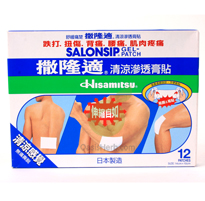“Let’s do it tomorrow!”…but not everyone has the luxury of tomorrow. For our good friend Nekar, “today is a gift and tomorrow is a bonus”.
Nekar was diagnosed with melanoma five years ago when he was just 41 years old and at the peak of his career. When the doctor confirmed the diagnosis, the tumor has already spread to the spinal cord and was pressing the nerves.
The doctor told him he only had 3 months left, but Nekar remained cheerful and believed he need to stay alive to take care of his family and to spread God’s words. Since then, he had undergone 3 spinal cord surgeries, 3 rounds of radiotherapy, one cycle of chemotherapy and one cycle of targeted therapy. The tumor continued to grow and damaged the nerves leading to his limbs, causing him to be paralyzed from his neck downwards.
Despite his doctor’s dire prediction and all these traumas, Nekar has survived the last 5 winters. His goal for the remaining days is to live happily with his family (his wife who is a nurse has to work night shift to support the family and to take care his 8-year-old son who is in Grade 3)
Nekar regretted he did not spend enough time with family prior to his melanoma diagnosis. If he can start all over again, he would spend more time with his family and not at work. Previously, he travelled all the time on business and rarely spending more than 2 weeks per month at home. “I barely saw my son before he turned two” he said.
He is not afraid of dying, but felt lonely at times. ‘Staring at the ceiling in the hospital bed, I feel so lonely. I want to cry but no tears come out. Even if there are tears, I can’t wipe it with my hands?’ Nekar added.
Hope is very important to cancer patients. His next dream is to move into a small apartment closer to home so that he doesn’t have to bother his wife, but help his son on homework in the evening. “This is one of the simple thing that I can do now”, said Nekar.
We sincerely hope that Nekar can move to his new home in the near future instead of staying in the rehab center. Fortunately, Nekar is loved by his friends and his church community in Hong Kong.
Please visit us at healthreason.com for more health related articles





